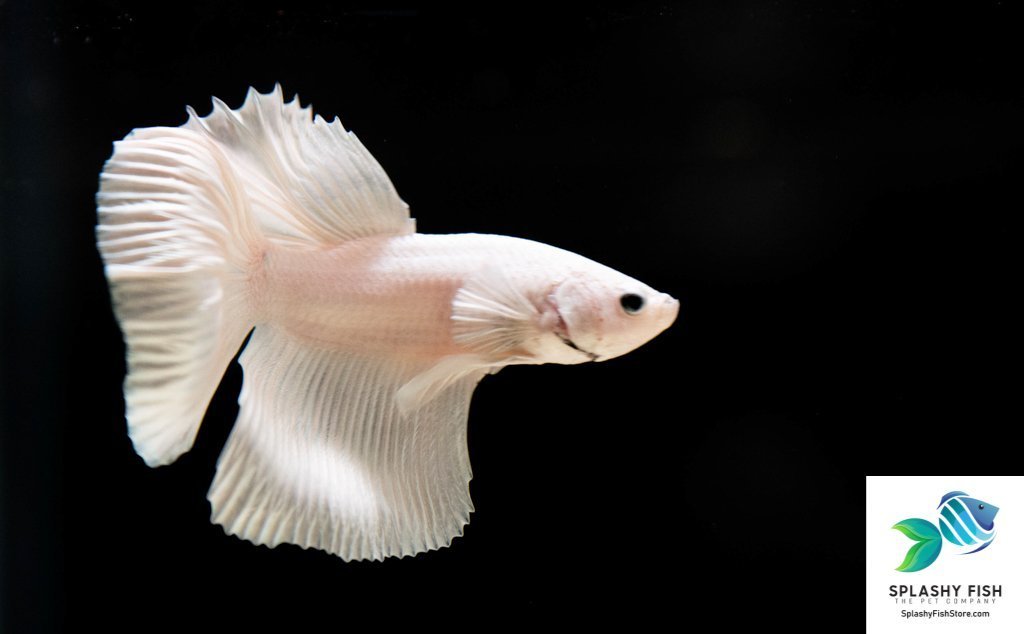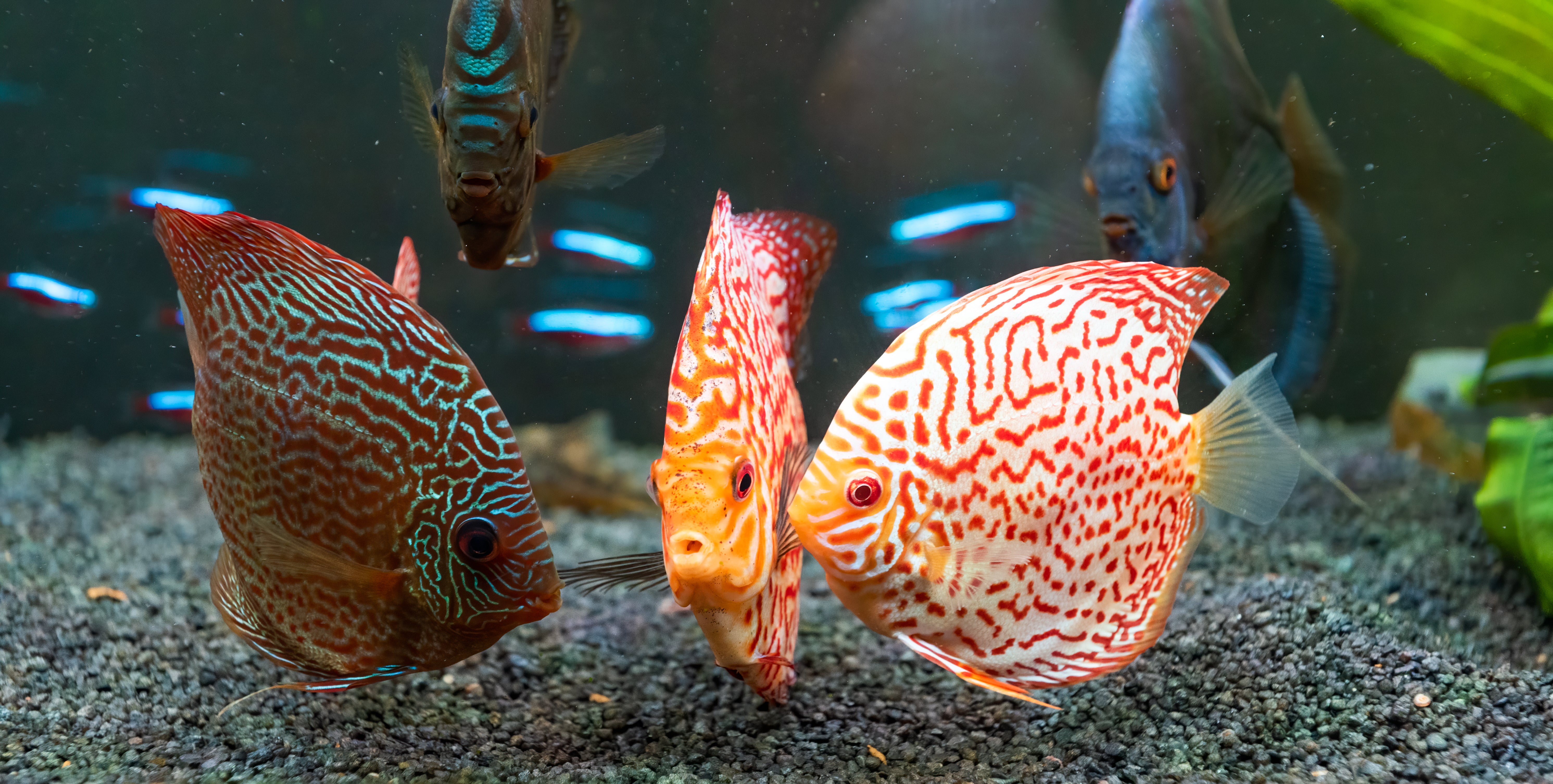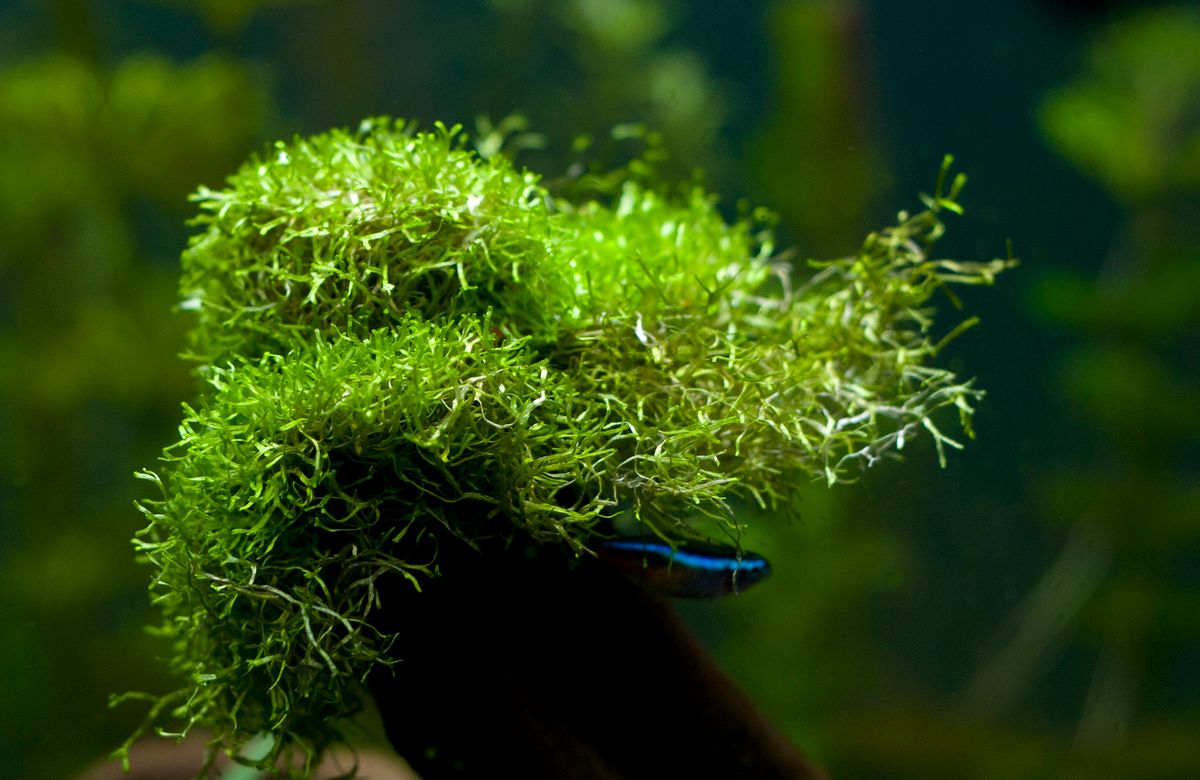Care Guide for Female Betta Sorority Tank
If one cannot resist the beauty of a single Betta swimming around, how can they resist a Betta Sorority?

(Image of a Koi Galaxy Betta Sorority fish tank)
This is not a new concept to the fish keeper community and quite a controversial topic.
What is a Betta Sorority?
A Betta Sorority often refers to a group of female bettas (normally 6 female bettas or above) living together in an aquarium. Read to this line, you may find it contradicting what you have been told about keeping only one betta in your fish tank community. Indeed, betta is famously known for its aggressive disposition. Not only do they show their belligerent temperament to other fish but to their own kind as well. It is “notorious” to the extent that people named them after a clan of warriors – Bettah, or commonly called as Siamese Fighting Fish – warriors from Siam (Thailand today).
Their aggression is the main reason why betta should be kept alone.
That said, according to some scientific research, it is still feasible to keep a group of bettas as long as you follow certain rules. If you happen to read our Care Guide for Your Betta Fish, you will find two ways to do it. In this article, we will go further to the first way: A Betta Sorority.
Things that need to know before considering Sorority Betta
- If it is hard to keep a single aggressive fish, it will be even harder when it comes to a group of them. Indeed, you have to constantly keep an eye on your bettas to figure out whether they are fighting each other or not, whether one is being bullied by the others, or whether the water conditions keep going down gradually (as it may happen when you keep fish in groups). It takes your time and effort, and even your money to maintain a healthy Betta Sorority. And mind that we have not taken your relevant expertise into consideration yet. This obviously means a Betta Sorority will not be an ideal option for an inexperienced aquarist or ones who have never kept a single betta before. Thus, if you still dream of a Betta Sorority, you should try to keep one betta first. Once you get acquainted with this fish, you then consider the upper level, Betta Sorority. For more information about the proper care for betta, you can read our article Care Guide for Your Betta Fish.
- In the beginning of this article, we’ve said Betta Sorority is a controversial topic. This is because some fish keepers go for it as long as the ‘safety’ rules are followed, some disapprove and consider it cruel practice. The latter have their own reasons. They believe that forcing a group of fish which cannot get along with each other to live together just for the owner’s entertainment is unnatural. They further cite that even if the ‘safety’ rules are followed, one cannot one-hundred-percent avoid the conflict happening among the bettas. As such, a Betta Sorority may live in stress and not have a long lifespan compared to one raised alone. Given that and the previous notice, you should thoroughly think about your capacities and your fish’s conditions when you start a Betta Sorority. If there is a hesitation at a certain moment, you should say NO to Betta Sorority.
Now, if you already set your mind, let’s dig into what you should do to create a wonderful Betta Sorority!

(Image of a Assorted Betta female)
The factors which determine whether your Betta Sorority is successful or not shall lie on the following:
- Choosing the correct group of bettas;
- Number of bettas;
- Aquarium set up and maintenance; and
- Introducing sorority.
Choosing the correct group of bettas
As shown in its definition, only females should be allowed to live together to create a Betta Sorority. They are much less aggressive than males and with a proper arrangement, they can live in harmony (after they have worked out the tank hierarchy).
To distinguish the female from male, one can count on their appearances. Females typically have shorter fins, and their ventral fins quite look like hair comb. On the other hand, you will find the fins of a male betta are longer, especially its caudal fin is much larger and extending to two to three times its body height. The coloration also helps tell them apart. Female bettas tend to be relatively dull in color, while males’ are quite bright. Further, if you notice a betta has short fins and a thick body, it is more likely the female.
If it is hard for you to determine the female betta after all, you can ask a staff of the fish store where you purchase fish for help. We believe they’re glad to help you sort them out. Or else, you can visit our website for ease of choice. Our teammembers are always ready to help.
In addition to gender, female bettas’ personalities play a crucial role in making a successful Betta Sorority. Although female bettas can live together, they still show their aggression to each other but not to the fierce extent like the males. It is not weird if you observe they bicker over each other in the first few days after being introduced to the sorority. In order to mitigate it, you should consider the personality of the female chosen for your Betta Sorority. Young female bettas are quite calmer than the older, so try to collect the young for your sorority. Some fish keepers even shared that you’d better pick up those that were close to each other when in their cups for the fact that they show less aggression if they have been familiar with each other before. Another useful tip mostly applied by experienced aquarists is having a group of fish in different colors. This is quite effective as female bettas show less aggression to the dissimilar ones.
Number of bettas
We suggest a group of six or more. If you are unable to keep six female bettas, you should not let it fall below four. Housing less than four bettas may lead to the situation of one being singled and bullied by others. Whether four or six or another greater number, you remember to consider a proper tank size for them. A 10-gallon tank is acceptable to a group of four. However, if the number is greater, you’d better go with a tank of 20-30 gallons or more.
Aquarium set up and maintenance for Sorority Betta tank
Once tank size is mentioned, we should speak of other factors regarding set up and maintenance of living conditions for a Betta Sorority as well. This is very, very, very important issue as failure to do so, your Betta Sorority will turn, instead of a beautiful landscape, nasty.
You can find useful advice in our article Care Guide for Your Betta Fish for setting up and maintaining a well-living aquarium for betta. In the below, we only share some key notes one should bear in mind in order to have a successful Betta Sorority.
- Fish tank: In addition to the size, you should prefer a long tank to a tall one and minimum tank size is 20 gallons for minimum of 6 female betta. As aggressive female bettas are, they need lots of ample space. A long tank meets that requirement since it allows more area to place decorative materials for bettas to hide from and avoid each other. Further, do not forget your tank needs covering by a lid as bettas sometimes jump out of water.
- Decoration: It is always recommended that your tank need plenty of decoration if it is used to raise bettas. Betta are territorial species so they definitely mark their own territories regardless of living alone or in groups. That means the more hiding places and shelter, the less your bettas will fight one another for that reason. Bettas are not picky on decorative materials, so anything which can hide them from the others is highly welcomed. Live aquarium plants, rock caves, rockworks, driftwood are all accepted.
- Minimal stress: Apart from the abovementioned factors, diet and water quality also contribute to the Betta Sorority success. Think of it, an isolated betta does not need to compete for food but a group does. If the competition occurs, all of your efforts to reduce their aggression will go down the drain. The more intense the aggression is, the more stressful your bettas feel. So, ensure you provide all of them with sufficient and equal amount of food (sprinkle the food across the whole tank to help split them up) which will be fully consumed within 2-3 minutes. If there is any leftover food after that time, remove it to avoid water pollution.
Besides, if you spot any stress signs in your bettas, immediately check the aquarium water and try to observe that fish regularly. Make sure the water quality is at the recommended levels and perform 10% to 25% water change weekly. The stressed fish are susceptible to illness and may cause a disease outbreak. You need to closely and regularly check their health conditions to make sure medical treatment is provided in due course.
Introducing sorority
Now comes to the important part: create a Betta Sorority. We suggest you introduce all of them to an aquarium at the same time.
Notes: If possible, when you purchase the bettas, try to pick up those that come from the same tank. Or if you cannot, you should choose those from a tank where they can see each other. As we explained above, your bettas will show less aggression to one they get acquainted with before.
First, let the carry bags float together in your aquarium. This will allow your bettas to see each other without fighting. After 20-30 minutes, you can do the drip acclimation then release all of them at the same time. Now, you will see they may show signs of aggression (e.g., flare to show her dominance). Don’t worry too much since it is common and things soon calm down once the hierarchy is established. Nevertheless, this does not mean you should let it be. You need to pay attention to your fish to figure out if there is any ‘culprit’. Remove that ‘culprit’ at once if it is continuously aggressive and causes serious trouble to other bettas. After ten minutes to 4 hours you can reintroduce it back to the tank; however, if that girl persists in showing aggressive behavior towards the other fish, she needs to be kept alone.
A Betta Sorority is pretty much mesmerizing only if they are all healthy and thriving. And we hope the above sharing can help you achieve it.


















